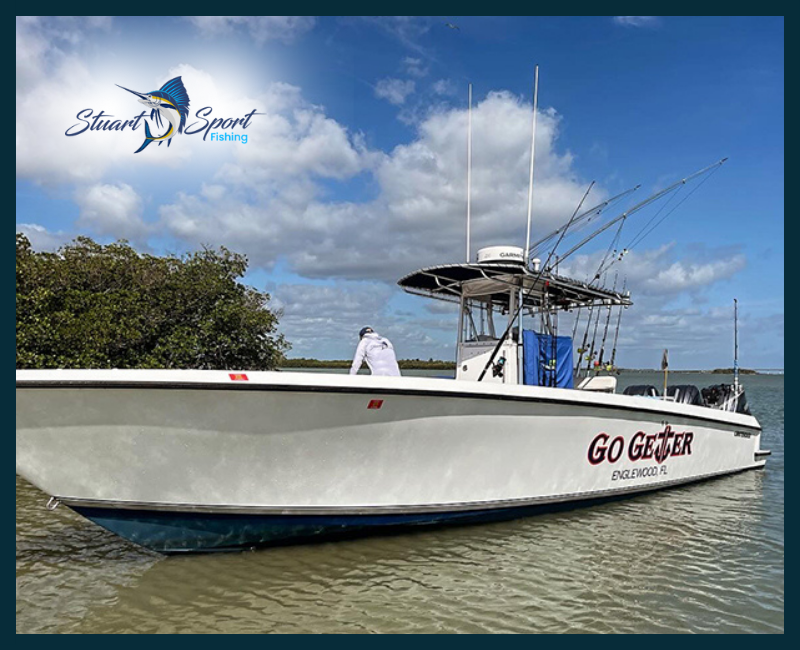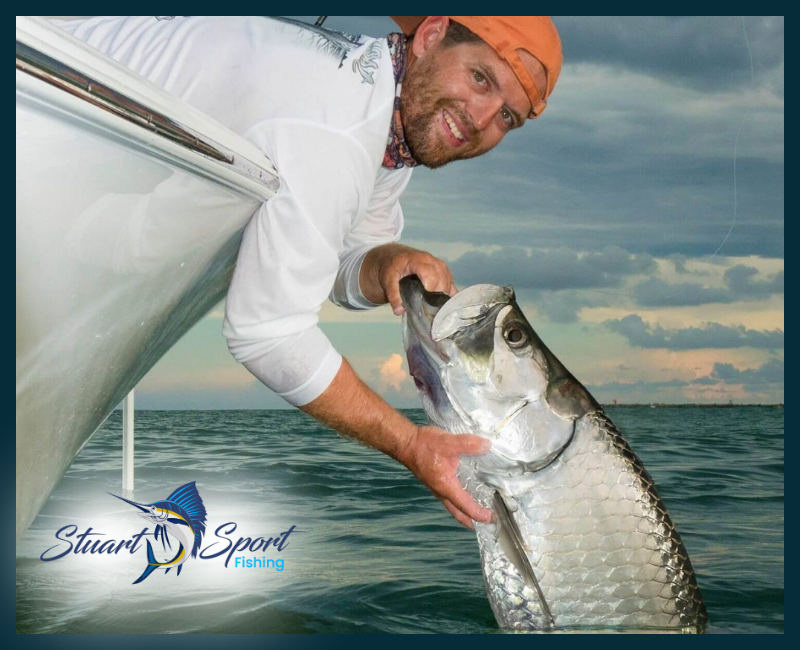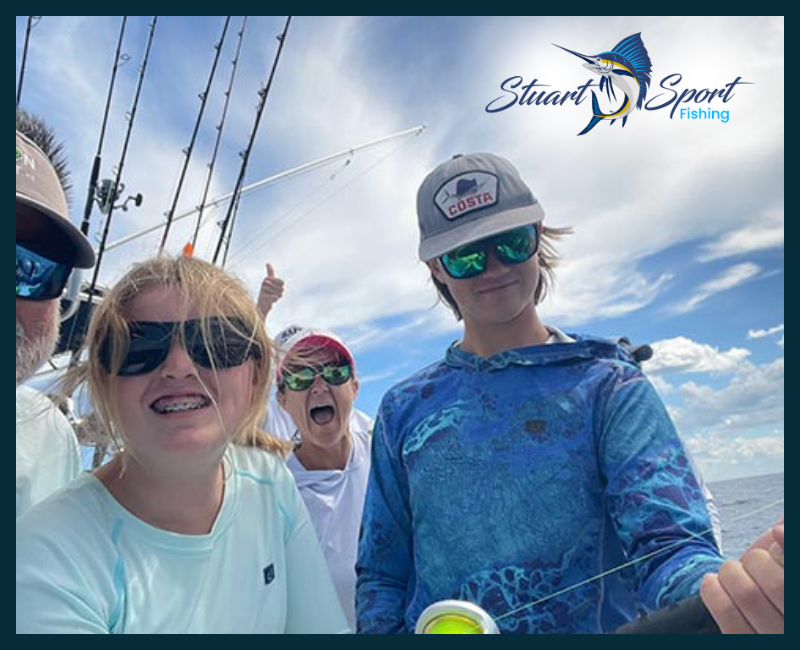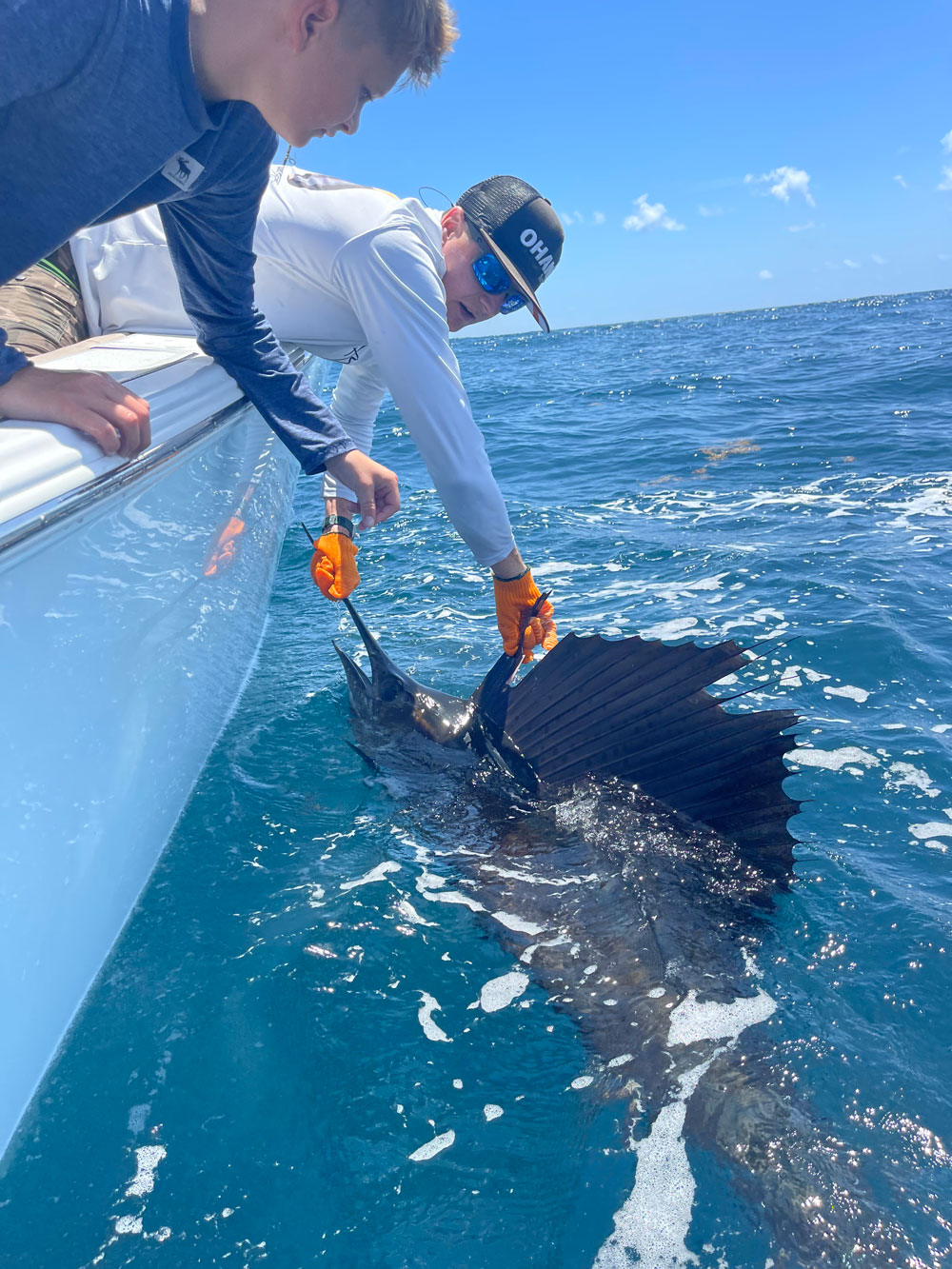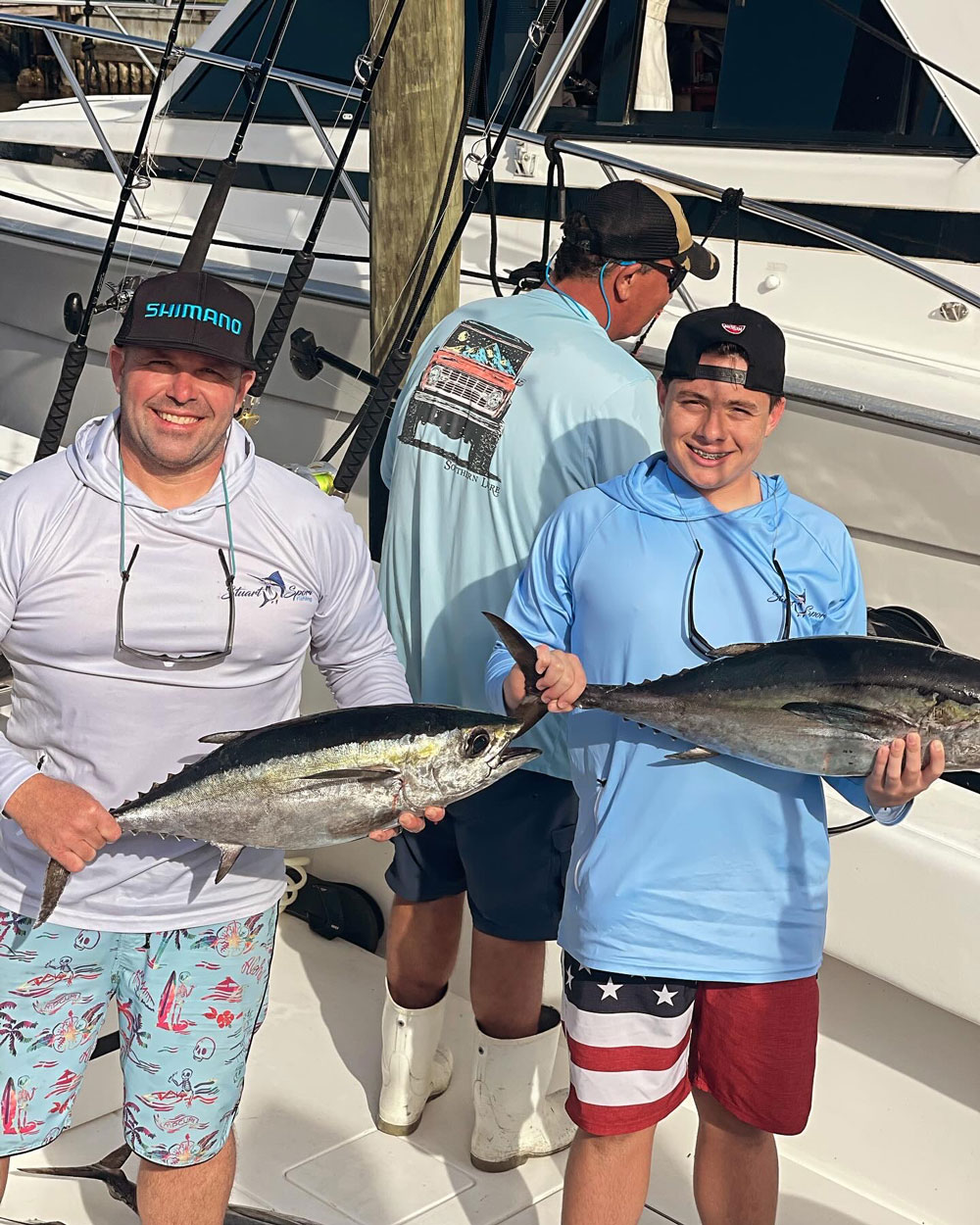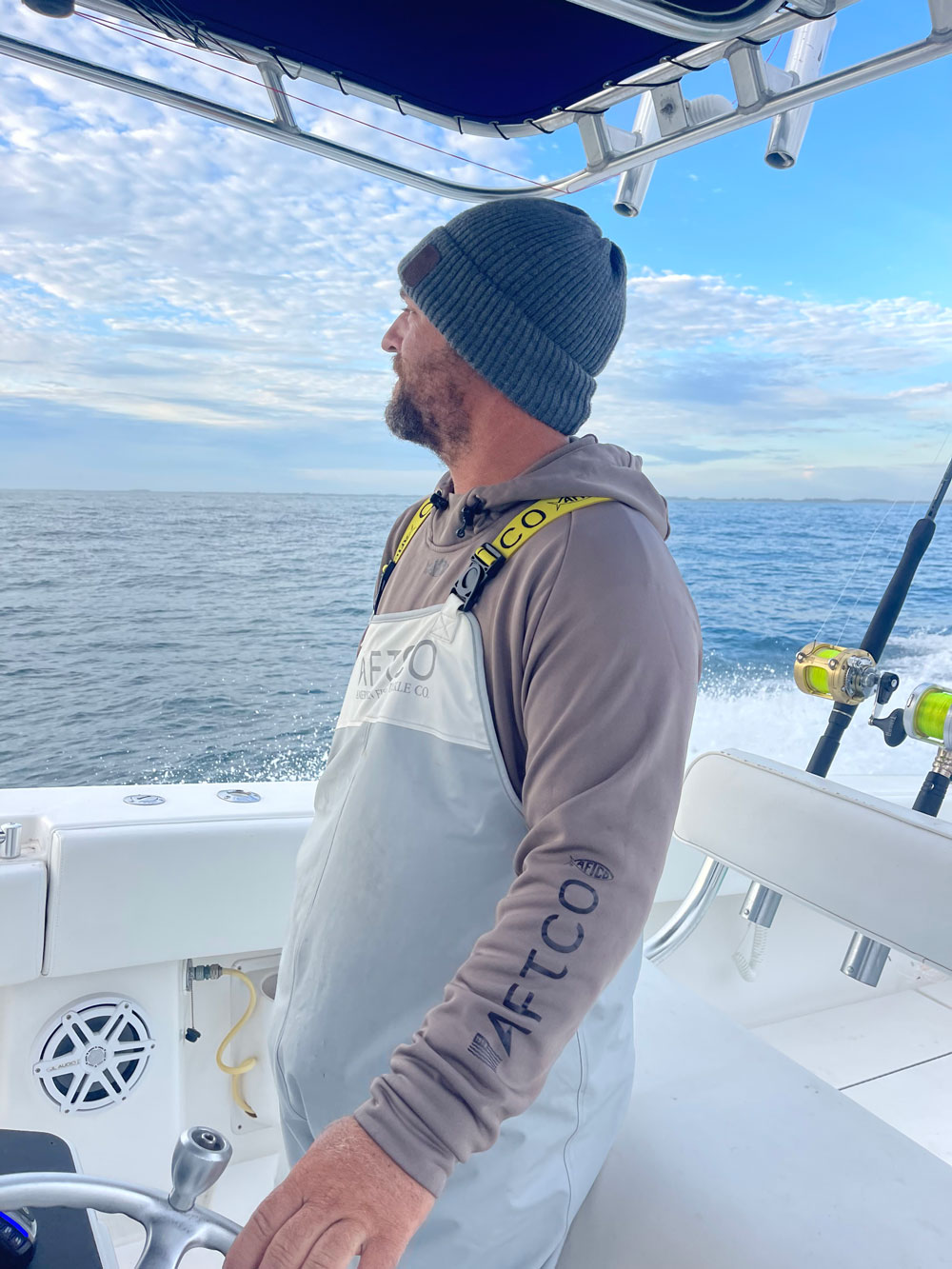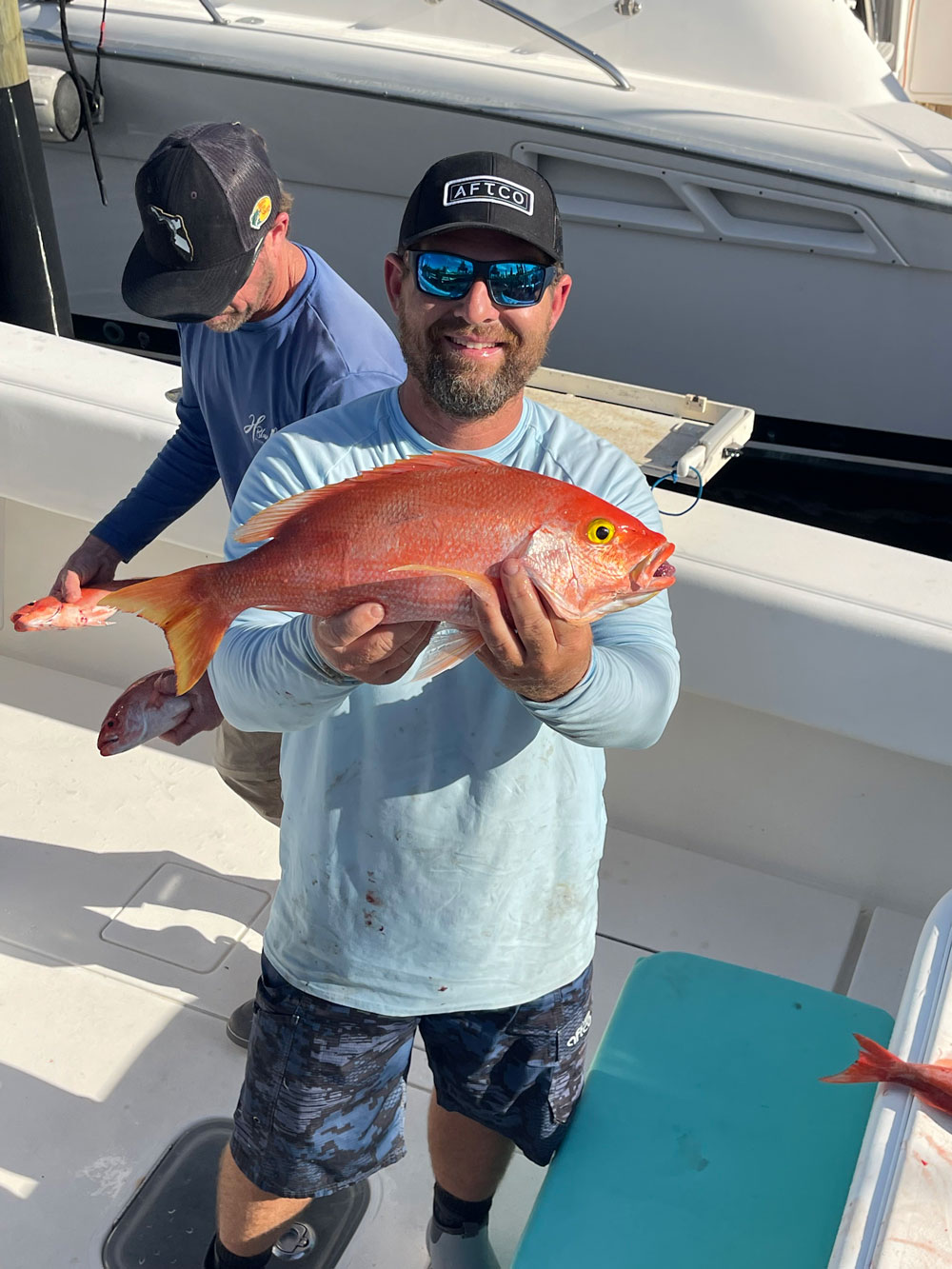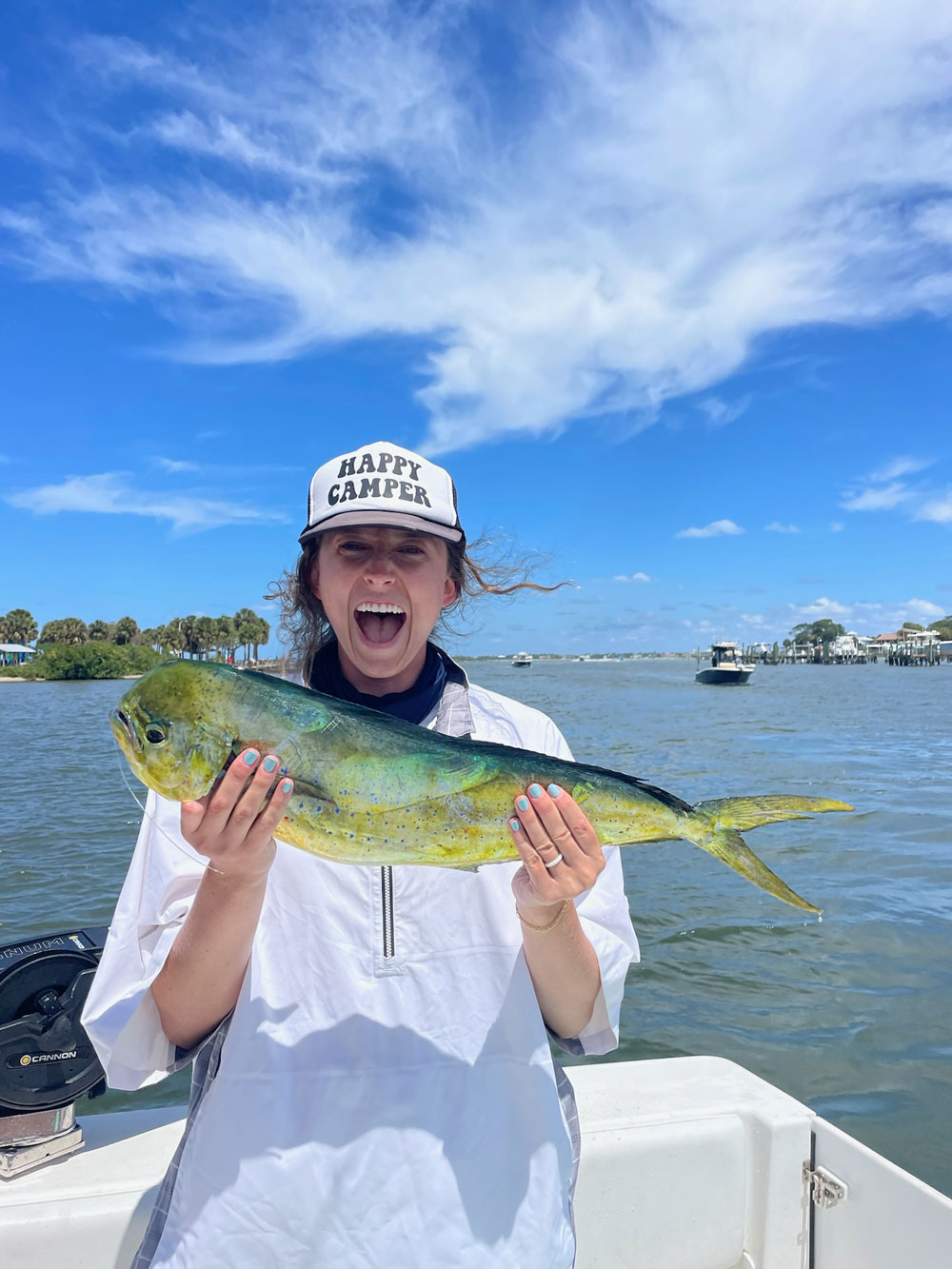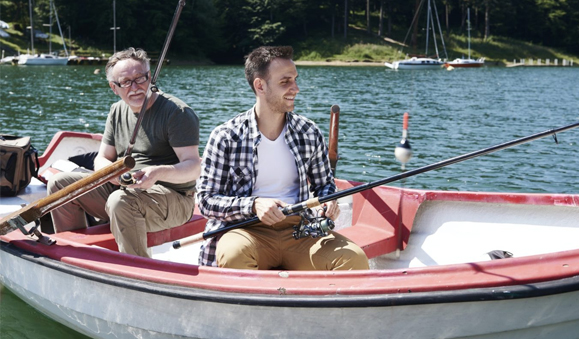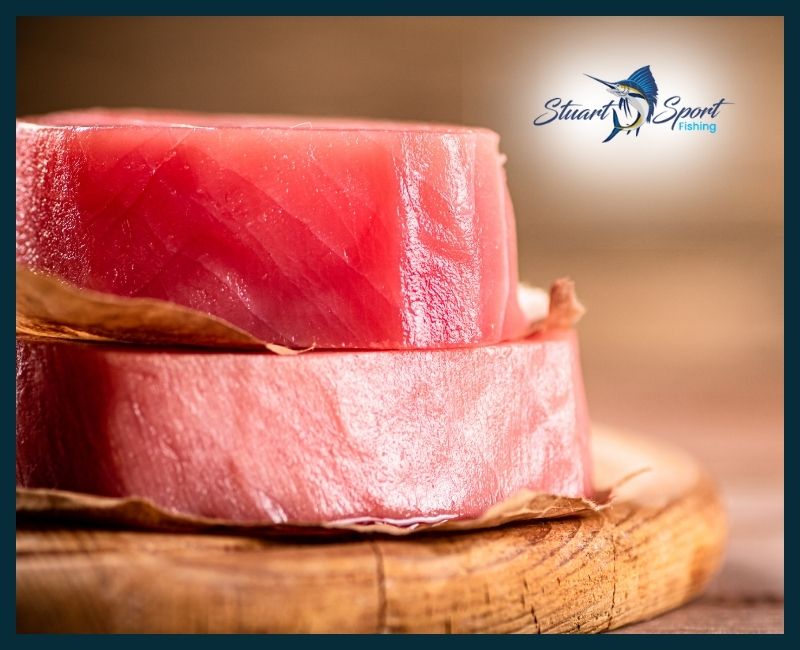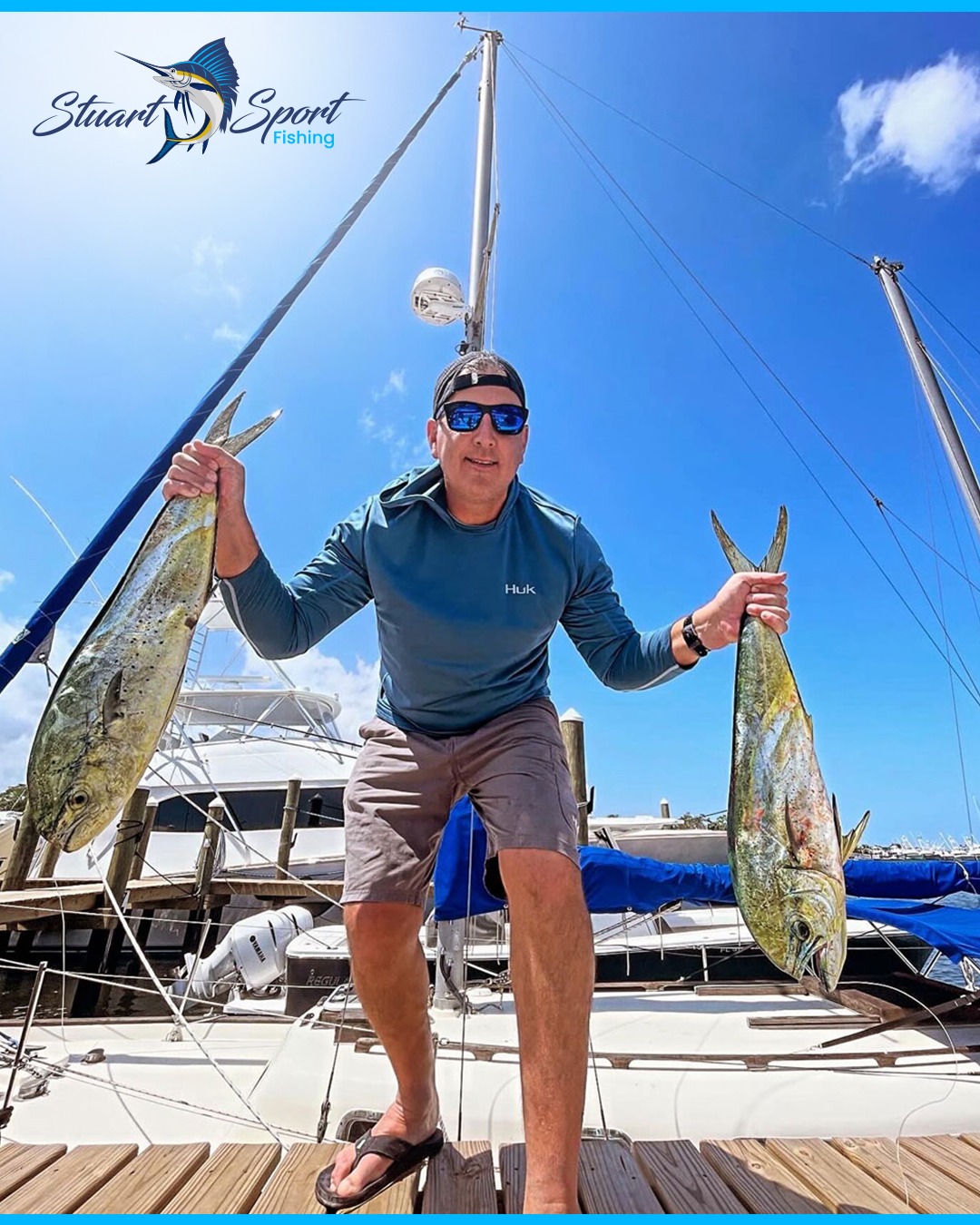Ready to cast your line and reel in some big catches? Before you embark on your fishing adventure, remember some safety tips on the water. By following our simple tips, you can ensure a fun and unforgettable experience without compromising your well-being.
Watch the weather, keep lines of communication open and make sure everyone on board has access to a personal lifejacket or flotation device.
If you find yourself floating on a boat in the middle of open water — be it lake, channel or sea — chances are you’ve needed a bit of an escape. But try not to let your sense of adventure fool you! While boating carries a familiar feeling of freedom, it’s also an activity that requires preparation and planning to make sure you and everyone else on board is safe from harm.
“People often think boating safety is not a big deal because they’re just going out for the day,” says family medicine doctor Neha Vyas, MD. “But you forget that when you’re out in the water, you’re away from civilization — there are no cell phone towers and the weather is unpredictable.
“So, while you may have certain expectations on how things will go while you’re on land, out at sea or on the water, the reality you face can be completely different.”
Tips to stay safe on a boat
Before you set sail for the horizon, think about what you’ll need to have on board and any potential problems you might face. From the foods you eat and drink, to recognizing signs of bad weather, to making sure you have all the right safety gear and having a way to contact authorities in case of emergencies, there are plenty of things you can do to maximize your boat safety.
“The most important thing is to take every excursion seriously enough to go through all of your safety measures, regardless of if you’re on a boat for an hour or two or a whole day,” advises Dr. Vyas.
Here are some common safety considerations.
Stay hydrated
Everyone should be drinking water on a daily basis. But when you’re stuck on a boat with the sun beating down on you, having fresh drinking water on hand for the entirety of your journey is especially important to avoid dehydration.
“The combination of open air and sun makes it so that you get dehydrated quicker,” says Dr. Vyas. “Plain water is the best thing for you, but some people prefer seltzer waters, club soda-flavored filtered water or caffeinated water. Fruits like watermelon have lots of water in them, too.”
Practice food safety
Avoid the spread of bacteria by keeping utensils, plates and food preparation surfaces sanitized and clean. That means you also have to make sure that any meats or prepared foods are cooked properly and stored when not in use to avoid foodborne illnesses. In fact, perishable foods like meats, dairy and mayo-based products shouldn’t be left out in the open for more than an hour or two.
“Meats should be cooked to the correct temperature,” stresses Dr. Vyas. “You also want to keep your food in a refrigerated state or in coolers and not leave them out in the sun where they can spoil faster.”
If the weather turns cold or choppy, a warm beverage or health bar can offer a quick nutritional fix until you’re back on land or able to cook up something of sustenance.
Limit your alcohol consumption
Drinking alcohol in the sun can give you a false sense of hydration. But alcohol is a diuretic, meaning it can lead to increased urination and loss of fluid. If you’re sweating it out on deck and not drinking enough water, even as you consume alcohol, you could run the risk of dehydration. You can also find yourself getting inebriated at a much faster rate than you’d expect in other environments.
“You want to temper your alcohol and just be aware of how much alcohol people are consuming,” advises Dr. Vyas.
Protect yourself from the sun
Long-term exposure to the sun — even just a few hours — can not only increase your risk for sunburn, but it can also lead to more serious illness and injury including:
- -Heat exhaustion.
- -Heatstroke.
- -Sun poisoning or sun sickness.
“When it comes to the sun, you want to think about sunscreen, shade and water,” stresses Dr. Vyas. “Apply sunscreen liberally, let it have a chance to work and keep applying it throughout the day.”
Wearing a hat, bathing suit cover or other sun-protective clothing can also be helpful in making sure you’re protected from the sun’s rays.
“You don’t want to wear those cute little cover-ups that have a whole bunch of holes in them,” she warns. “They’re awfully adorable at a resort but may not be the best when it comes to the intense heat you’ll experience while on a boat.”
Erecting an umbrella or having a place on board where there’s shade is also a good idea, particularly for younger children and anyone who’s sensitive to the sun.
“If someone is really struggling, you want them to sit in the shade and try to cool them down as quickly as possible,” says Dr. Vyas. “Make sure there’s plenty of ice water and extra ice. If they’re having heat symptoms, put ice to their neck and armpits to try and bring their temperature down.”
Know your state and regional boating laws
Depending on where you’re boating, laws may be in place that require certain individuals under a specific age to wear a lifejacket or other flotation device while on board.
The National Association of State Boating Law Administrators (NASBLA) offers several dashboards that you can use to check the requirements for lifejackets, flotation devices, education and registration in your state. Knowing the federal regulations provided by the U.S. Coast Guard may also be helpful when boating outside of state jurisdiction.
“Everybody needs access to a life vest and flotation device,” states Dr. Vyas. “Whether they wear one or not, there should be a life vest for every single occupant on a boat.”
Purchase boat safety gear
In addition to personal flotation devices, you’ll want to consider grabbing gear that keeps you and your passengers safe, including:
- -First aid kits that have bandages, antibacterial wipes, hand sanitizer, and hydrocortisone cream or aloe vera gel for sunburns.
- -A working fire extinguisher.
- -A toolbox with a screwdriver, boating knife and other essential tools.
- -Flashlights.
- -High-frequency radio.
- -GPS-enabled locator beacon.
- -Carbon monoxide monitor.
- -Extra clothing.
“Your cell phones will stop working at some point the farther out you go, so you want to make sure you have a high-frequency radio that works on the water in case you need to contact anyone for help or in the case of emergencies,” recommends Dr. Vyas.
“You also want to dress for the water temperature and not the air temperature. If you jump into the water and it’s cold, you don’t want to come out of the water and sit in wet clothing or run the risk of hypothermia.”
Recognize signs of bad weather
Boating safety and education courses are often required in order to get a boating license. Many of these courses will offer an explanation on how to read and use nautical flags to communicate your needs with other ships, and which flags to look for that signal bad weather is on its way.
Other physical signs of bad weather to look for include:
- -Shifting winds.
- -Dark clouds or gray skies.
- -Thunder and/or lighting.
- -Rough water patches.
“Bad weather coming from the west is generally worse, and a shift in barometric pressure is also a good sign of really bad weather,” shares Dr. Vyas.
Know when it’s safe to swim
“You should always swim when the boat is off and anchored safely in the water — never while it’s running,” stresses Dr. Vyas. “You only want to swim in idle water, not in a channel, and never swim under a boat or around the exhaust. When you’re swimming, make sure there’s a ladder in the water to help you get back up into the boat and tie a personal flotation device to the side of the boat for extra safety.”
Reduce your risk of drowning
According to the U.S. Centers for Disease Control and Prevention (CDC), drowning is the leading cause of death related to boating accidents. To reduce your risk of drowning, always have three points of contact on the boat at all times (like two feet on the floor and one hand on a railing) and practice safety drills ahead of sailing.
“You should know where the lifesaving gear is on a boat and that should be the first thing you address,” emphasizes Dr. Vyas. “Sometimes, when someone is overboard, people panic. So, knowing what to do when that happens and practicing those drills or talking about safety precautions before you set sail is really important.”
Batten down those hatches
At the end of the day, fun in the sun is possible as long as you really take the time to set yourself up for success with the right safety measures. Like any other trip, the more prepared you are, the more easily you can rest knowing you’ve done everything you can to prepare for a worst-case scenario.
“Prepare for boating the same way you would prepare for a camping trip in the wilderness,” advises Dr. Vyas. “What do you and your passengers need in order to make it through the day without running the risk of dehydration? What do you need to have on hand to help with crisis management if an emergency comes up? What will benefit you when you’re alone by yourself at sea? These are all important things to think about before setting sail.”
Cast your line with confidence. Our well-maintained boats and experienced crew will provide a safe and enjoyable fishing experience. Call us today at 772-834-7661 and create lasting memories. Dive deeper into our Instagram here.
Reference: [https://health.clevelandclinic.org/boat-safety]


